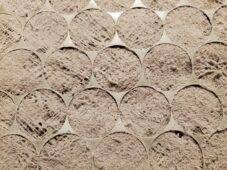Varnish Vs. Stain, Which Should You Be Using?
When you’re working with wood, the finish you choose does more than change the look. It can protect, enhance, or even completely change how a piece functions in your home. Two of the most common options are varnish and stain, but they serve very different purposes. Understanding what each does, and when to use it, will make you all the more confident going into your own project. Here’s the difference!
Stain
Stain soaks into the wood and changes its color. It highlights the grain and gives wood a richer, deeper tone, but it doesn’t protect the surface on its own. If you’re trying to bring out the natural beauty of the wood or adjust the tone to match a room, stain is the way to go. Just remember, stain alone won’t keep moisture or scratches away. You’ll need a sealant on top if durability matters.
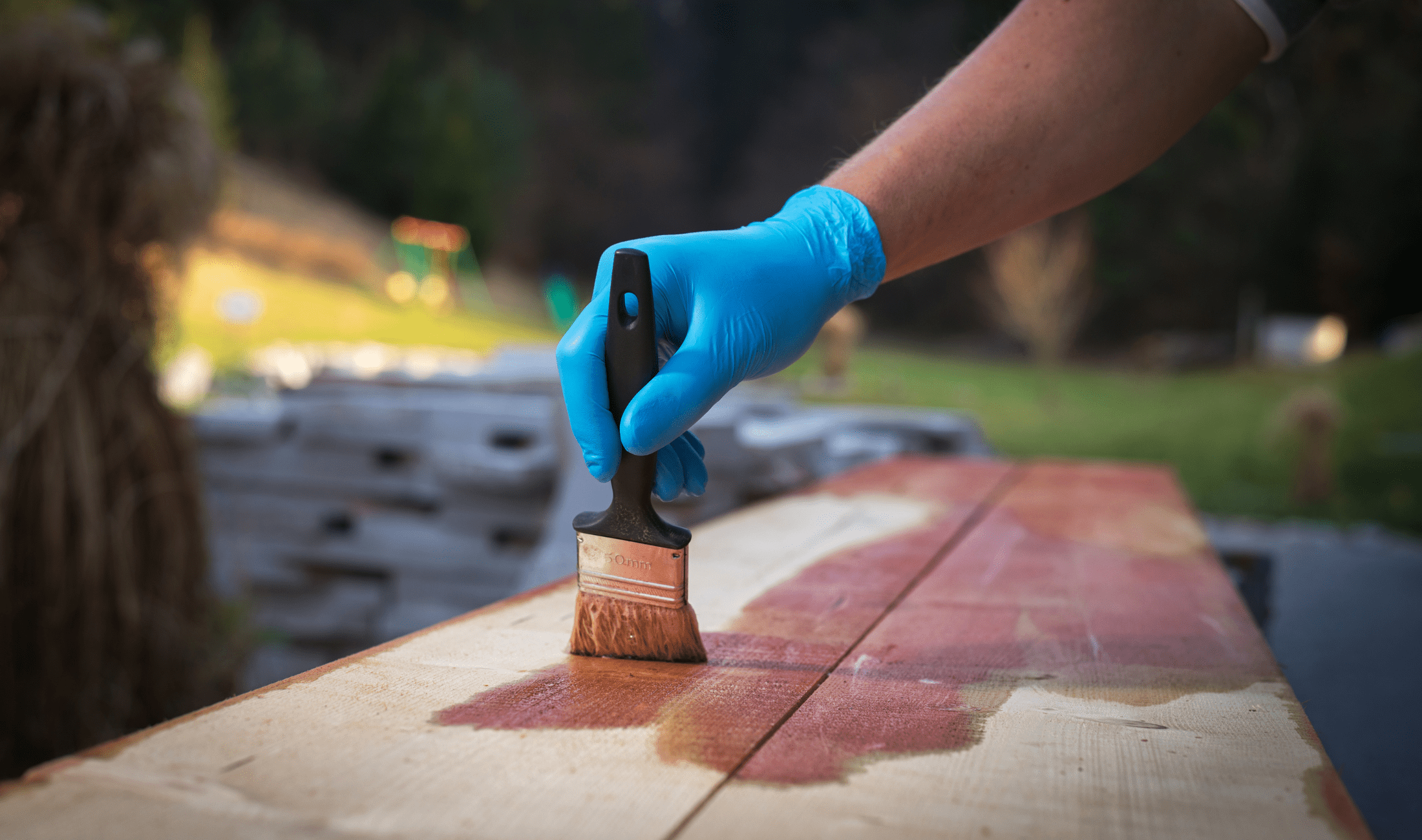
Varnish
Varnish doesn’t change the wood’s color much, but it forms a strong coating that sits on top of the surface. It guards against scratches, spills, and sunlight. If your project needs to handle wear and tear—like a tabletop, outdoor furniture, or flooring—varnish is often the better choice. It creates a barrier that keeps the wood safe, and depending on the type, it can add a little shine or stay more matte.
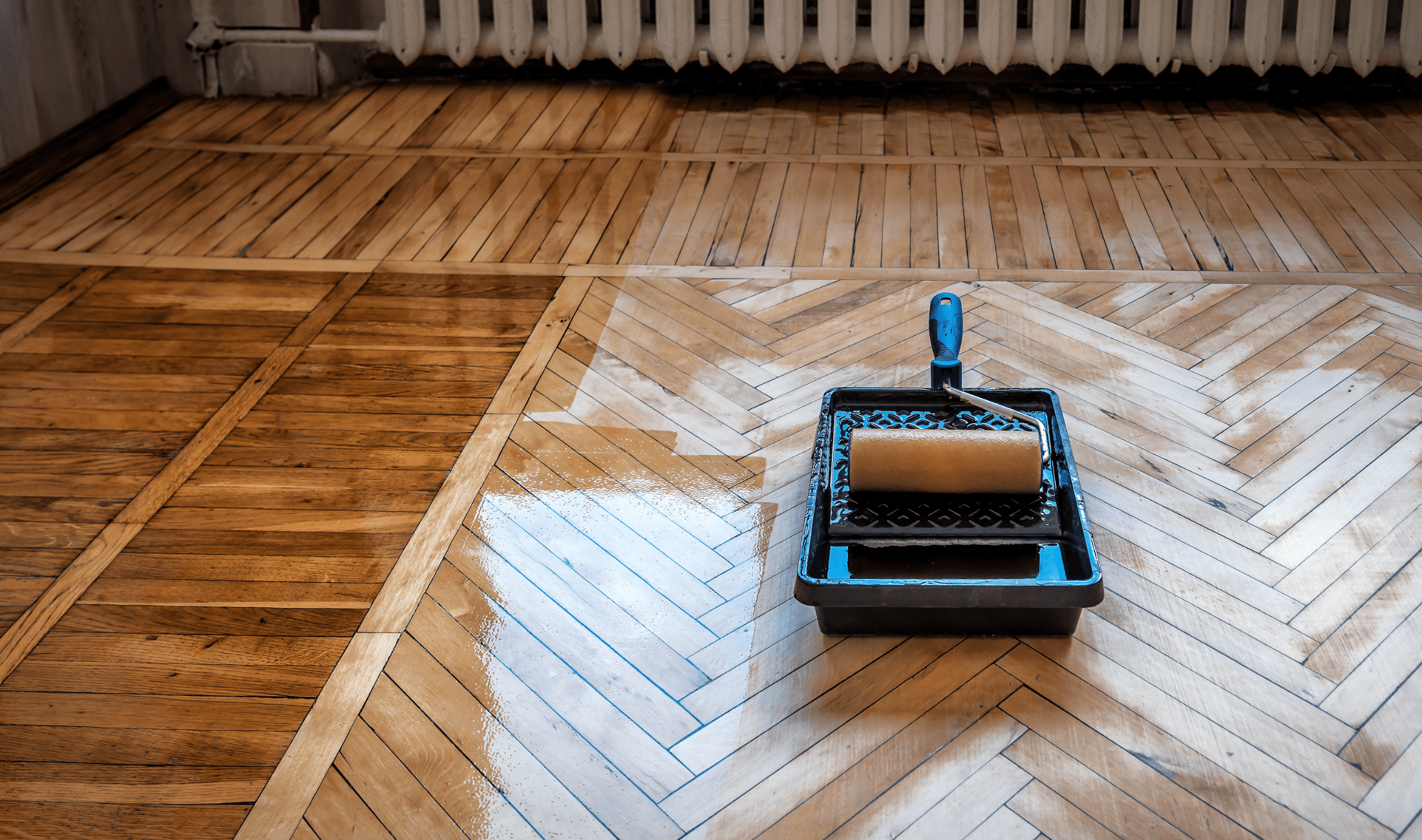
Surface Use
Think about how the piece will be used. Is it decorative or functional? Something like a picture frame might just need stain to enhance the look, while a dining table needs varnish to protect it from daily wear. For some projects, you can even use both! Stain for the color, then varnish to seal it. Let the use of the item guide your decision, not just the finish you prefer visually.
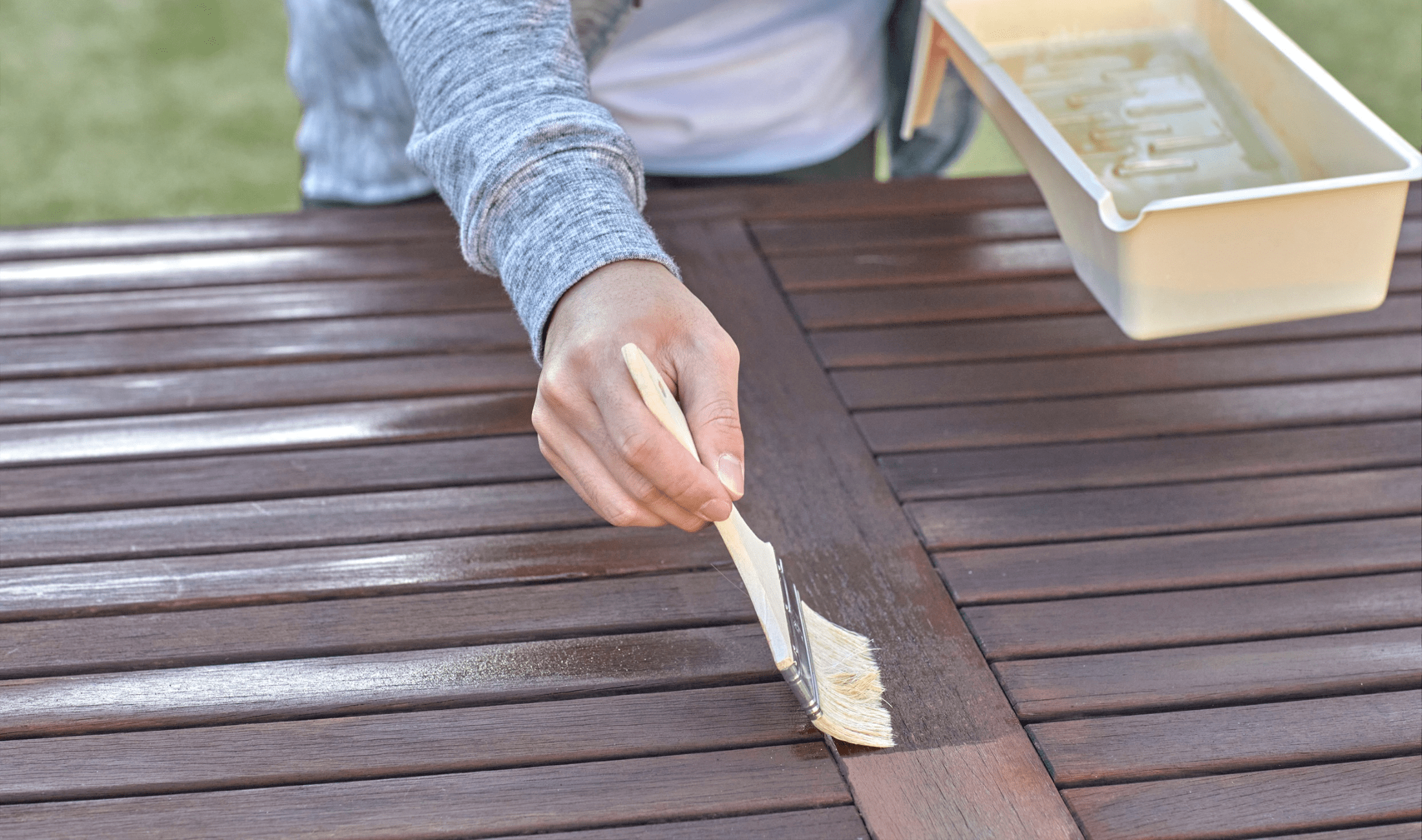
Indoor vs. Outdoor
Outdoor projects face sun, rain, and temperature swings. In these cases, you definitely want more serious protection. Look for a marine-grade or exterior varnish. Stain won’t last long outside on its own. Indoors, you have more flexibility. A decorative piece in a dry, stable environment might only need stain, but anything exposed to moisture or handling still benefits from a layer of varnish.

Maintenance
Varnish will eventually show wear and may need to be reapplied or sanded down for a fresh coat. Stained wood without a protective layer can fade or absorb moisture over time. Know what you’re signing up for. If you want less upkeep, a more durable (and often more expensive) varnish might be the better option. If you’re okay with touching up the surface occasionally, stain gives you more freedom to update or change the color.
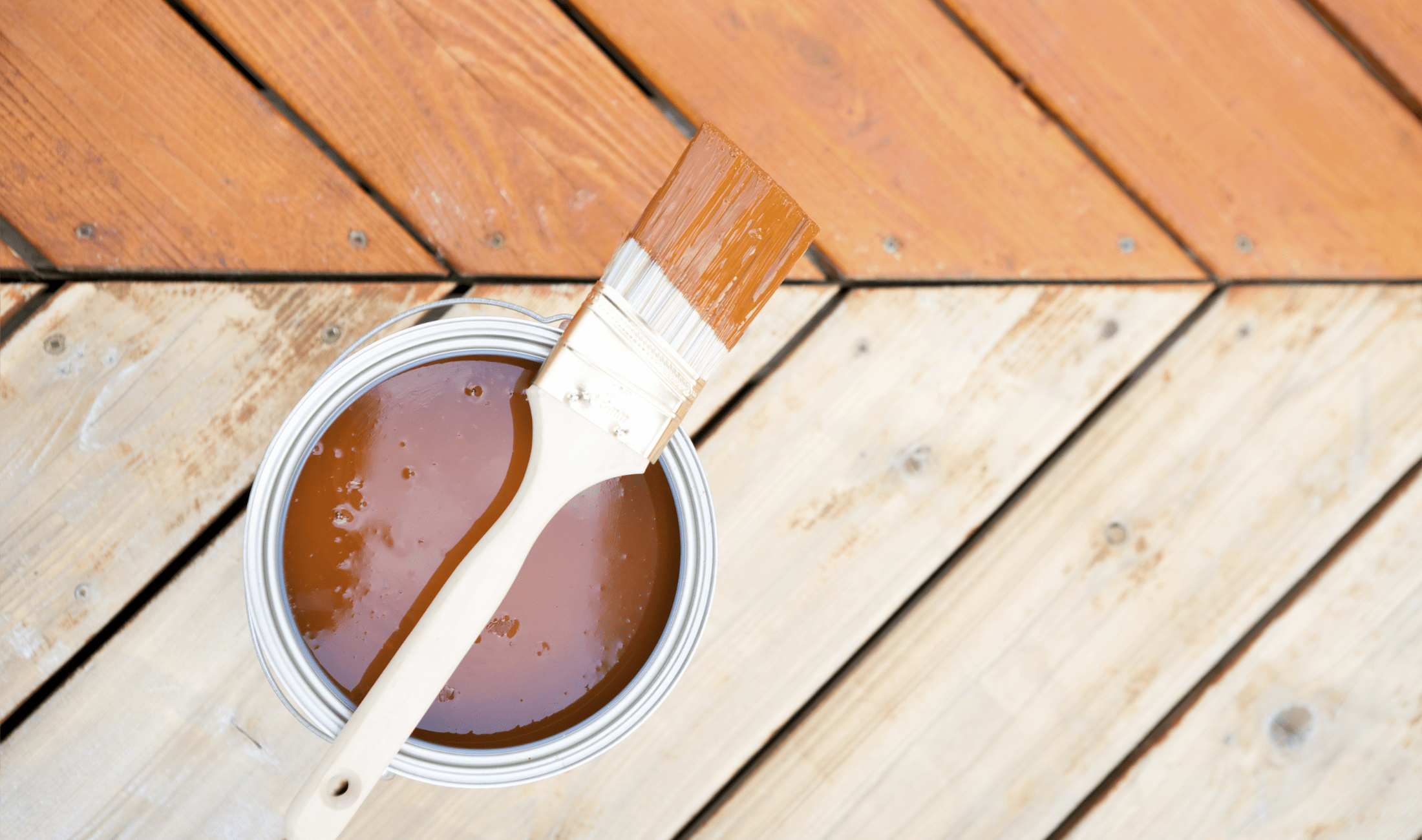
Related Articles
There’s no one-size-fits-all answer when it comes to finishing wood. It depends on where the wood lives, how it’s used, and the look you’re going for. Use stain when you want to bring out the natural character of the wood, and varnish when you need to shield it from life’s daily wear. Sometimes the best finish is a combination of the two. Choose what works best for your space, always!




